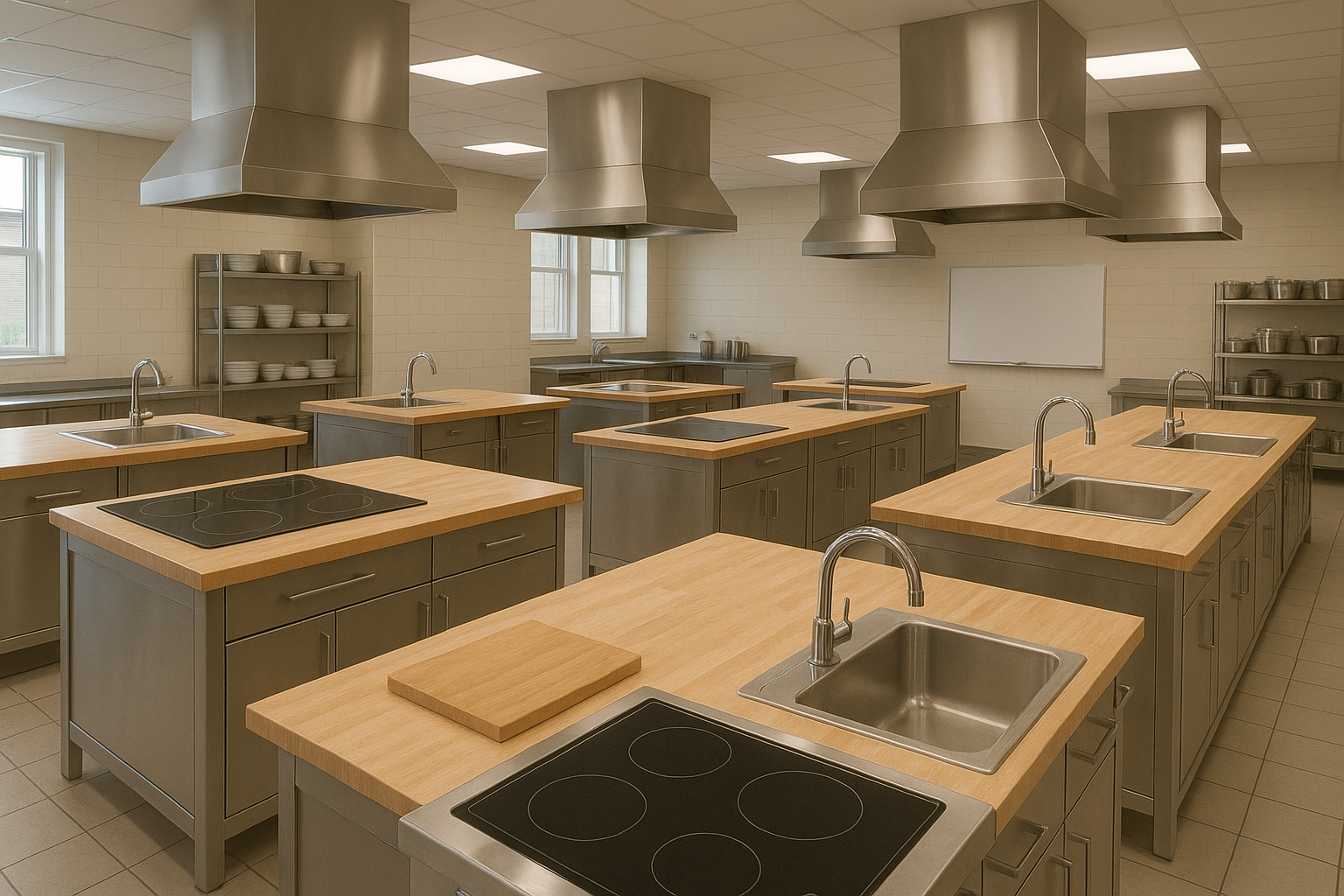Passion Project
Year-Round Indoor Garden
The food industry is filled with inefficiency. First-hand experience has instilled in me a passion for food availability, reducing food waste, and improving food education, especially in youth and low income populations. Some of the most pressing problems in these areas are:
1 - Increased produce costs in winter months
Enjoying four seasons can come at a cost. Produce must be shipped in from out of state, often taking days or weeks to arrive. These transportation costs make produce more expensive and decrease product shelf life, leading to high levels of food waste at stores and in homes.
2 - Food waste verses food preservation
Most of us have regretted paying for produce only to toss all or part of it days later. Local food helps reduce this waste — and so do modern preservation methods when learned and applied properly.
3 - Food preparation education
A major challenge is that many rely on fast food simply because they lack basic cooking skills. Healthier, fast options are often too expensive, while over-reliance on cheap, processed foods harm long-term health. Good intentions to “eat better” fail when food goes to waste due to lack of know-how. No one should have to choose between food costs and health for themselves and their families.
My dream is to create a community facility where fresh produce is grown year round and where friends and neighbors can gather for classes to learn better ways to provide for themselves and their families and reduce waste in their homes.
Step 1: Aeroponic Gardens
Aeroponics is an advanced, soil-free farming method where plant roots hang in the air and are misted with nutrient-rich water. This boosts nutrient absorption, speeds up growth, and increases yields.
The key advantages of aeroponics are its resource efficiency and scalability. It uses much less water than traditional farming, making it ideal for dry regions like Utah. Its efficiency and ability to scale vertically also make it perfect for maximizing space in urban or indoor environments.
My dream facility would devote significant space to aeroponic growing options. This produce would primarily go to help support low-income families and food banks. Other produce could be sold as a fund raiser to help cover facility expenses.
Step 2: Commercial Preservation Kitchen
A full throttle aeroponics garden would surely provide some excess food that would need to be preserved in some way. Produce such as tomatoes and peppers can be canned on their own or turned into sauces and salsas. Leafy greens and herbs are best preserved when freeze-dried to be used as nutrient rich additions to recipes. In some cases, depending on what is grown, flash freezing technology would be ideal.
The initial dream would start with canning equipment and freeze dryers with room for expansion. Of course, in preserving these things we may find additional opportunities to give away or sell products to support our cause.
Step 3: Community Kitchen
Too many communities lack options for proper food education. Schools may cover simple basics, but can fail students who need more individualized attention or who simply don’t have a desire to learn while living at home provides for their needs. Cooking courses at local grocery or kitchen supply stores are often cost prohibitive to high school or college students or low income families.
My dream facility would provide a room with cooking stations where regular workshops could be held and produce from our gardens could be used to teach classes on simple affordable meals. This room could also serve as a place to hold fund raising events.





